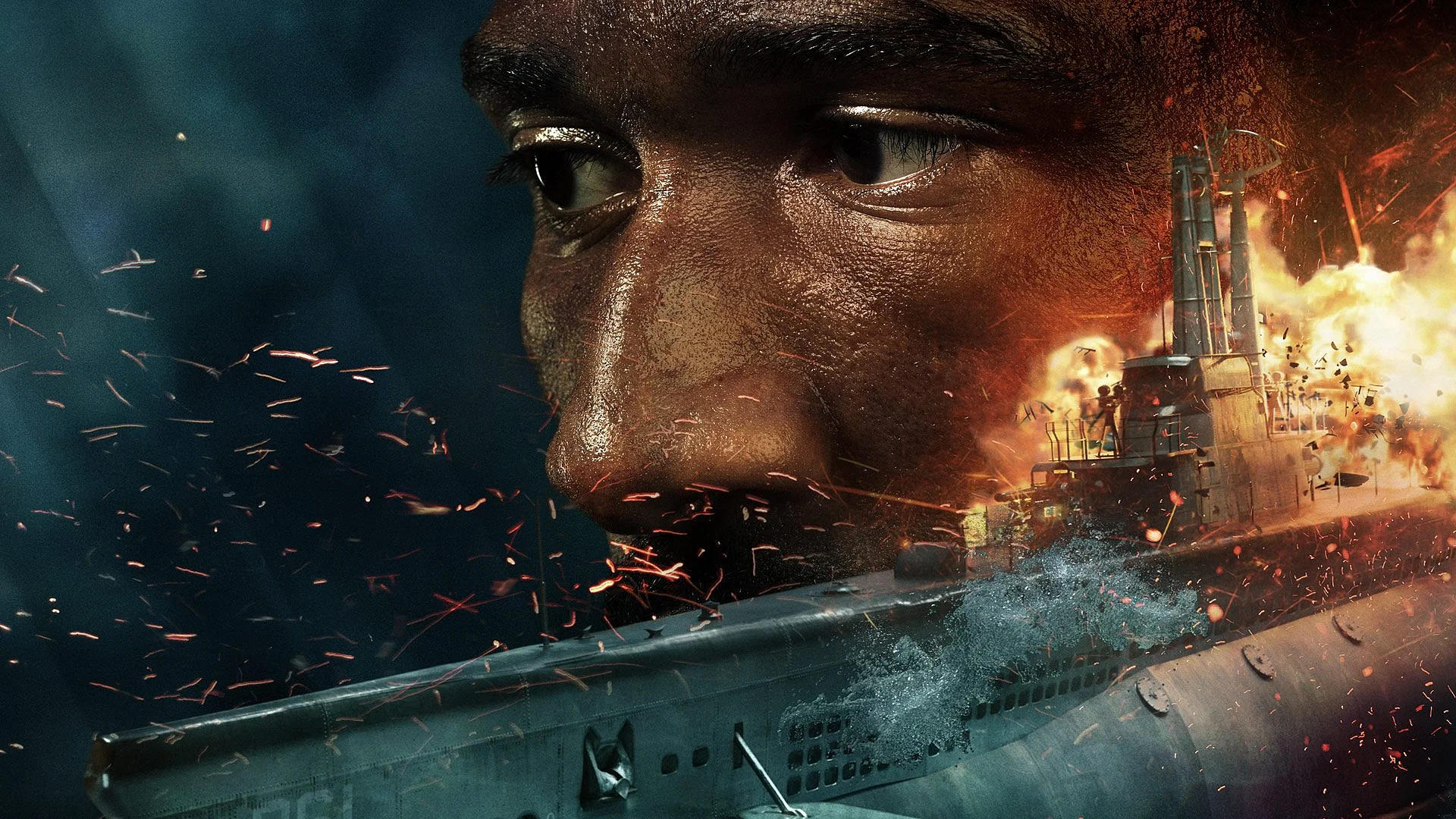As with any app or experience on visionOS and Vision Pro, we are in uncharted territory. Even though the hardware and operating system are polished and feel like a finished product, we are all still figuring out the best ways to design, develop, and interact with this new platform.
That said, I see Submerged as a precursor to a full-length feature film—an extended demo with the budget to explore and refine how to create a complete, one-hour-plus immersive experience.
As the “making of” video shows, creating content for this new medium is quite an undertaking. Watch the behind-the-scenes footage, and you’ll see the effort it took to craft just 15 minutes of film. Interestingly, they used Vision Pro during the production process, allowing them to gauge how shots would look through the device.
So what worked and what didn’t?
The 180-degree immersive video on the Apple Vision Pro places you right in the middle of the action. With Submerged, that means being in a cramped submarine when everything starts to go wrong.
The entire experience was more immersive than any other film I’ve seen, whether in or outside of VR. The combination of format and spatial audio played a huge role in making it so.
The spatial audio was particularly impressive. From the opening scene’s subtle sounds to the creepy noises inside the sub, and from the feeling of being submerged to emerging into open air, the audio on Vision Pro truly felt magical.
The camera movement and blocking were excellent. I never felt uncomfortable, and the shots guided me subtly through each scene, allowing my eyes to explore the beautiful sets without missing key action or focal points.
One thing you’ll notice in the “making of” video is the challenge with the 180-degree camera’s “sweet spot,” which is essentially a small square in the center with minimal distortion. This limits composition to some extent; for example, close-ups are almost always centered, and off-center shots can obscure the main subject. Most shots were centered, with only those requiring a relationship to an off-screen point deviating from this pattern.
As for the atmosphere, I thought it was a bit too pristine. The sets looked as if the submarine had just come off dry dock—no weathering, distress, or dirt. The air was also clear, without any smoke or dust. Perhaps shooting through dual lenses affects how smoke appears? Still, the cramped feeling of being submerged underwater was palpable, and there were moments where I found myself gasping for air—an incredible feat.
Overall, Submerged is an excellent extended demo showcasing what’s possible on Vision Pro in this format. I’m excited to see more—and longer—films on visionOS.
I believe this medium has the potential to become a thrilling new form of storytelling. Just give it some time; we’re only getting started!

